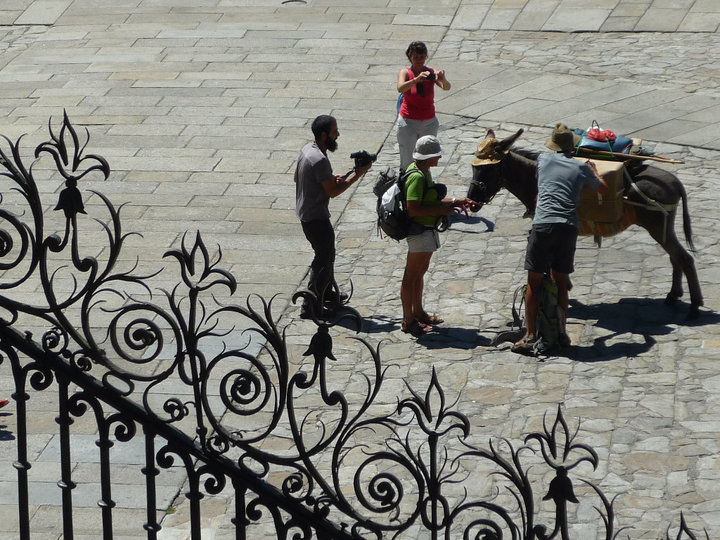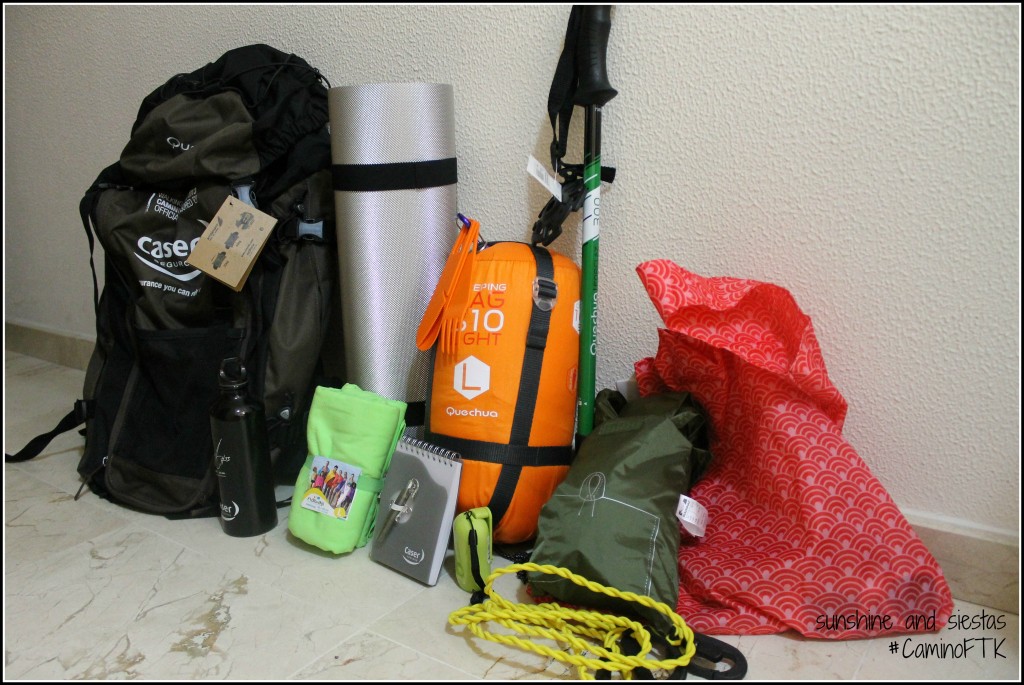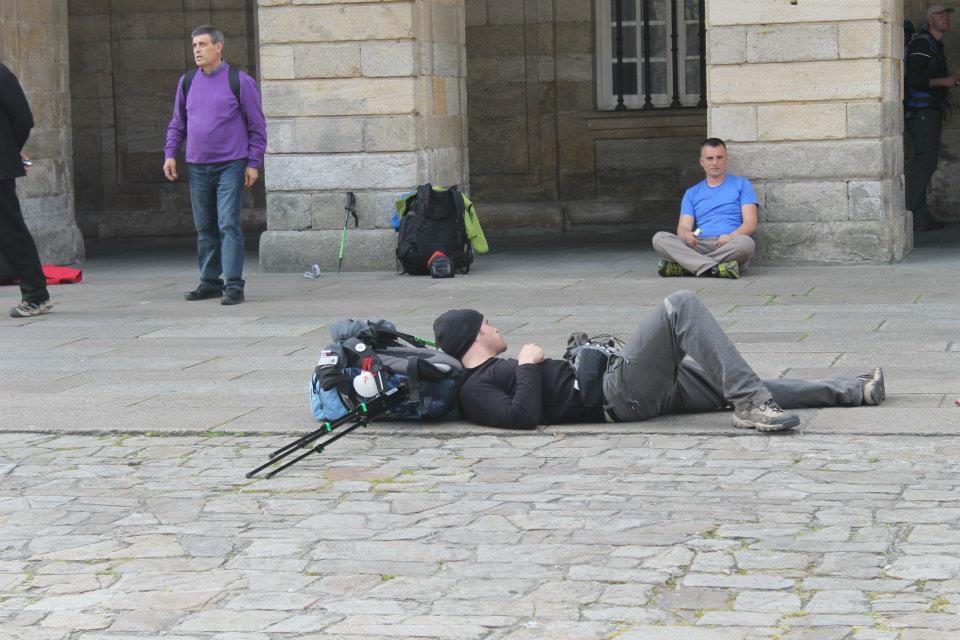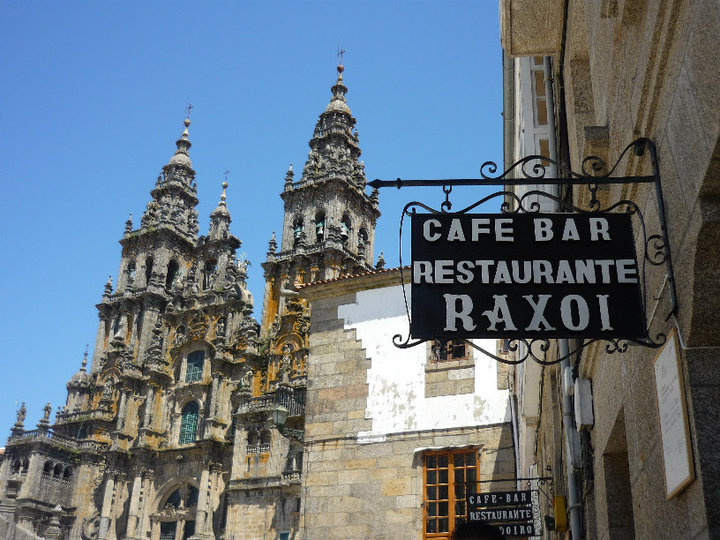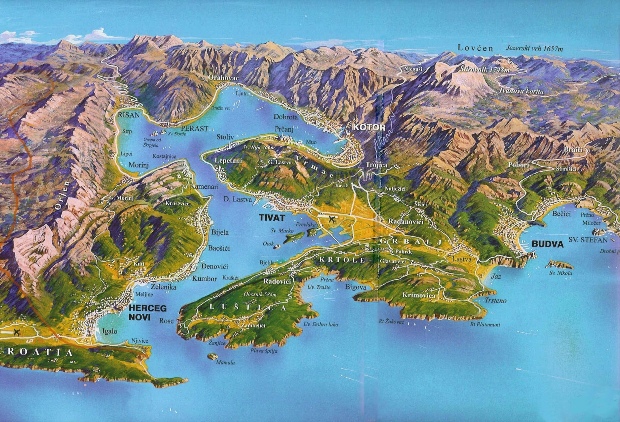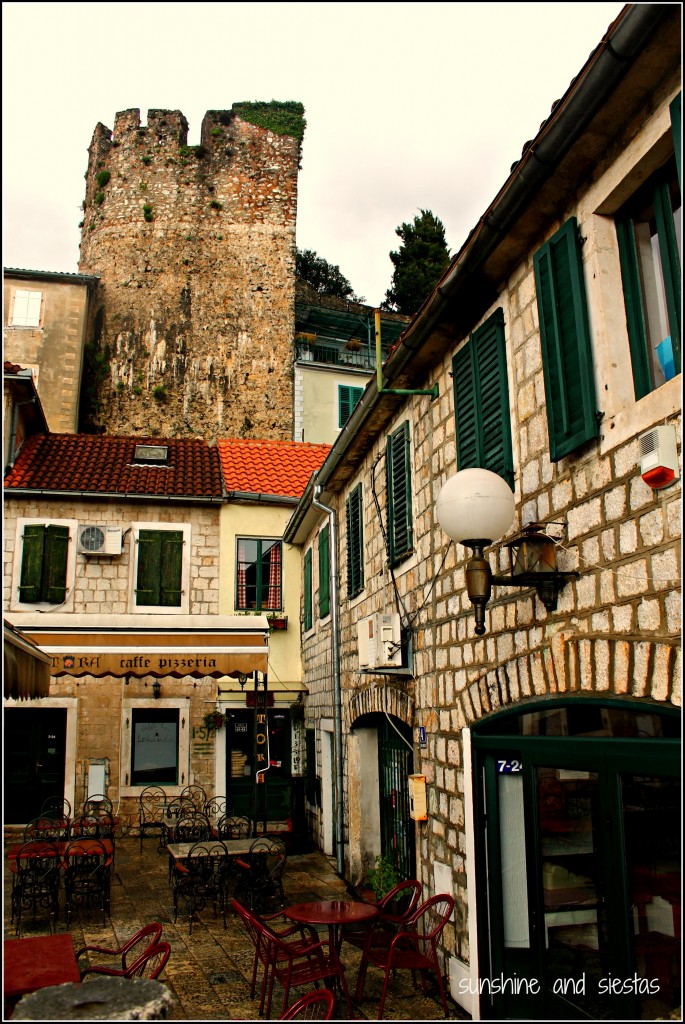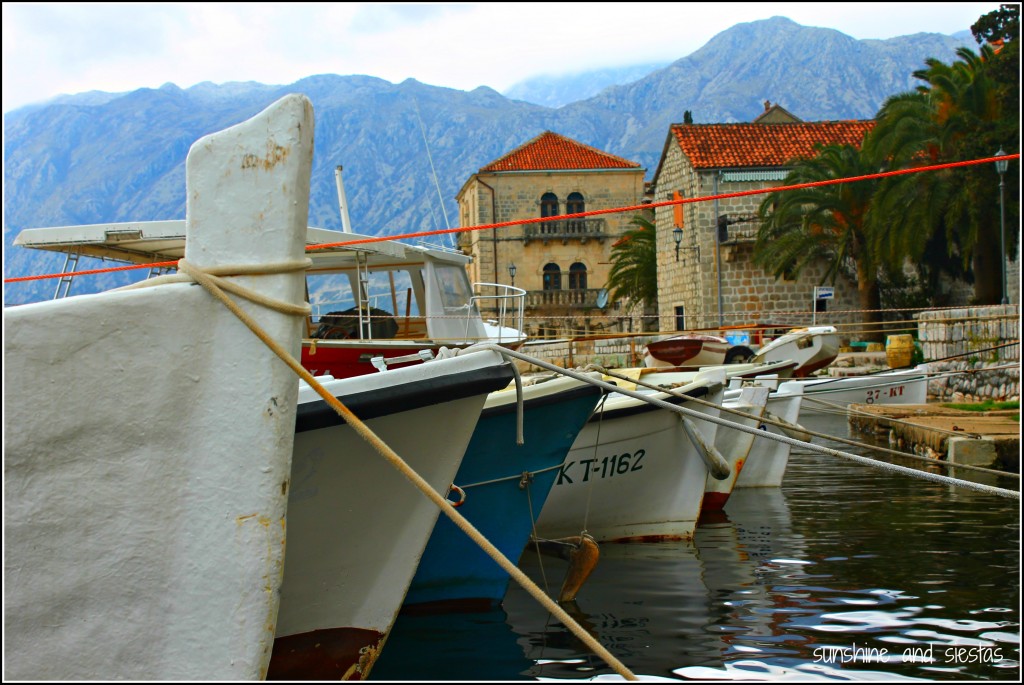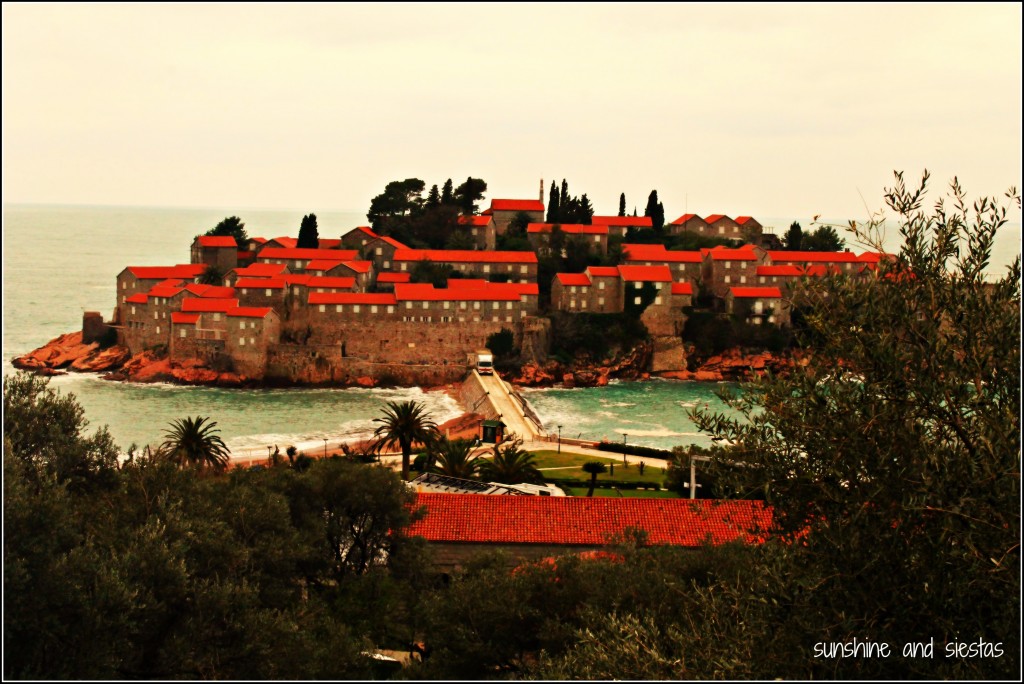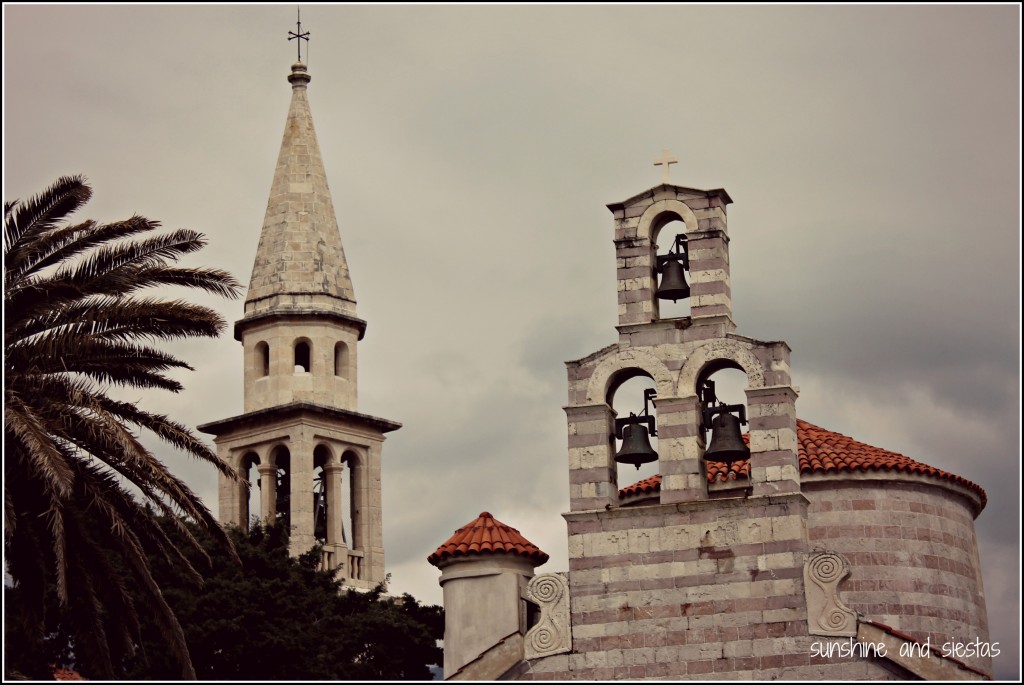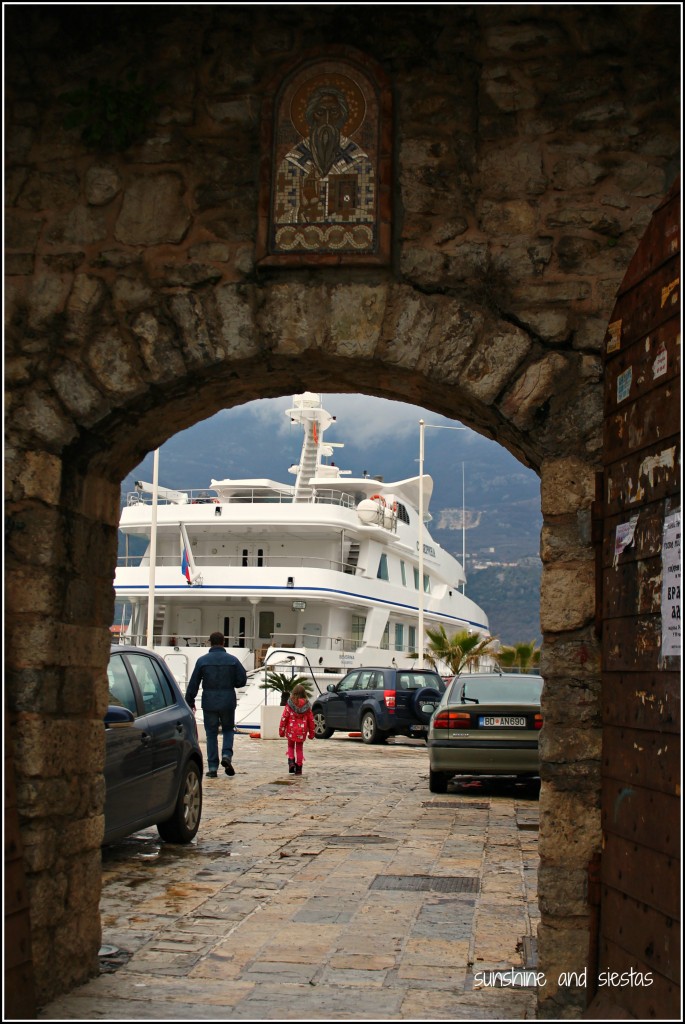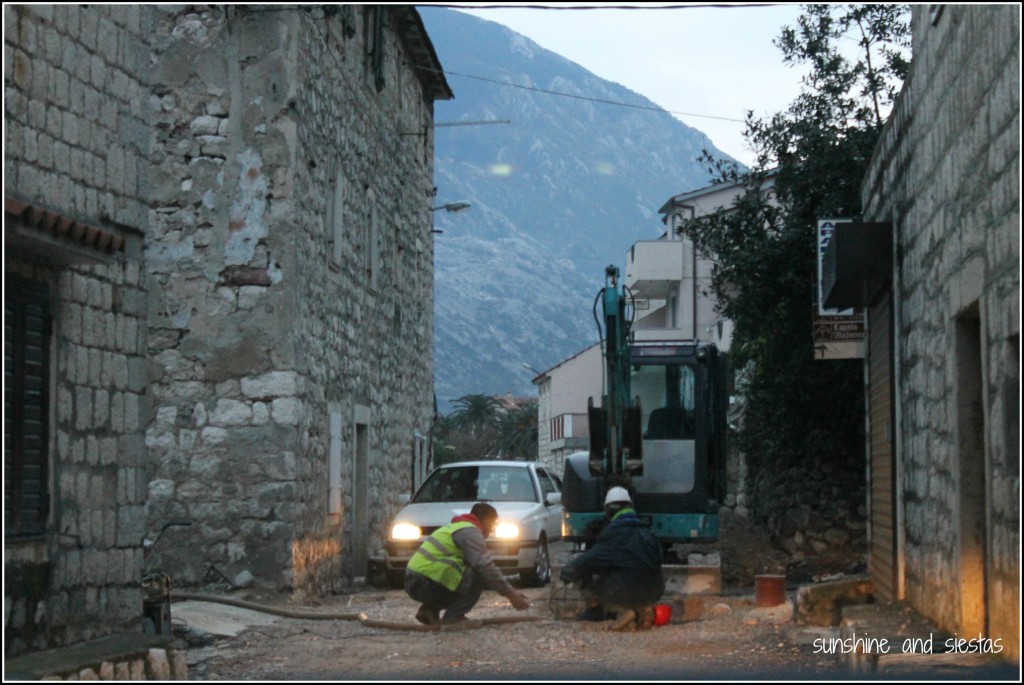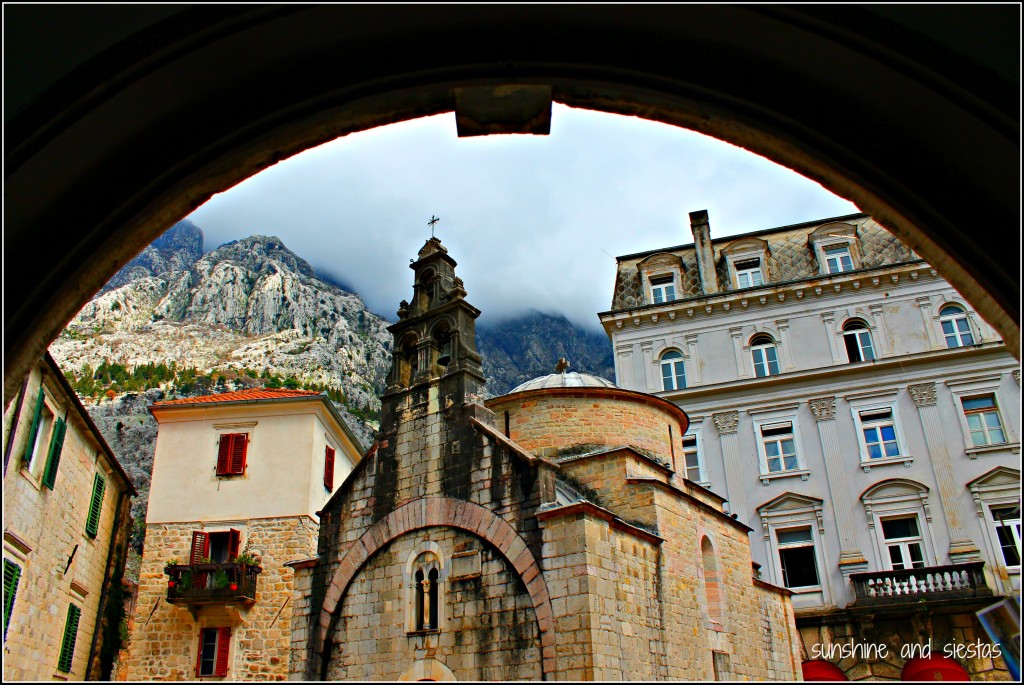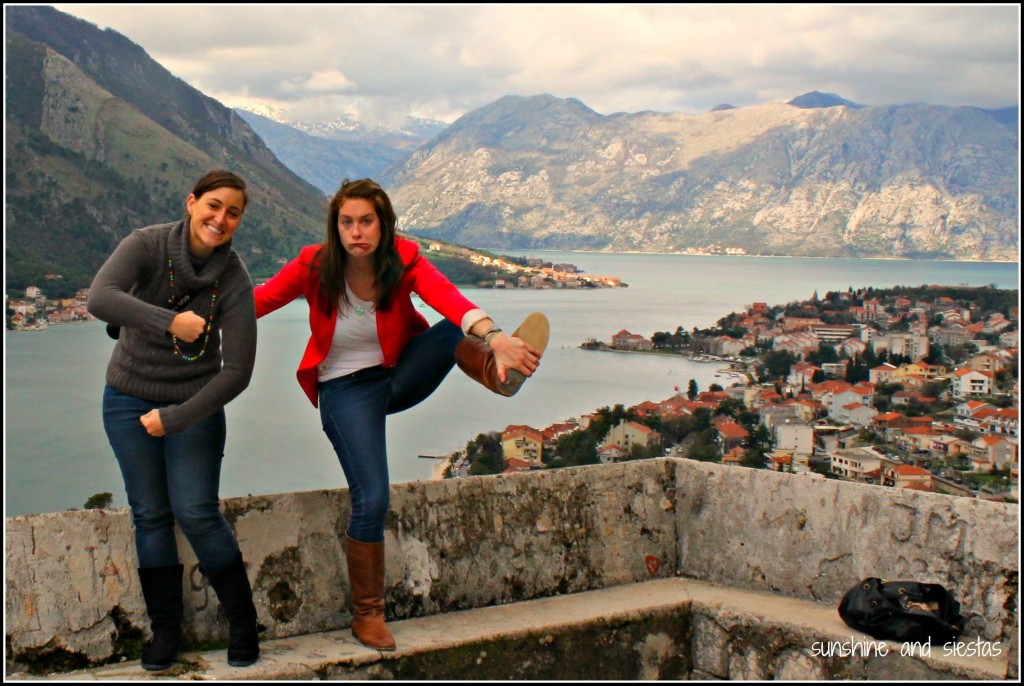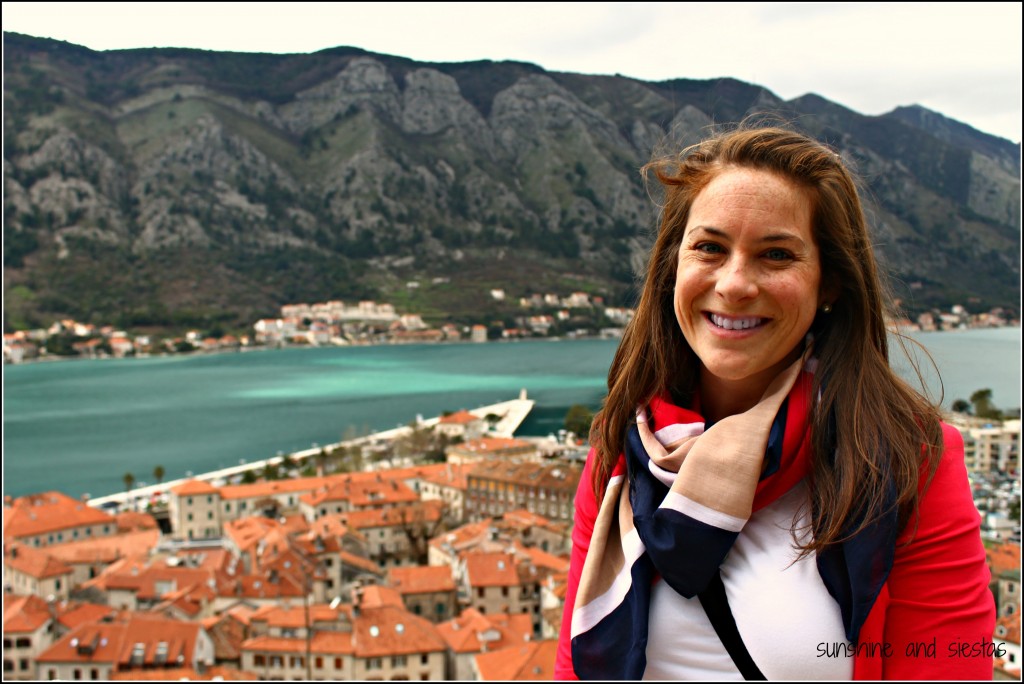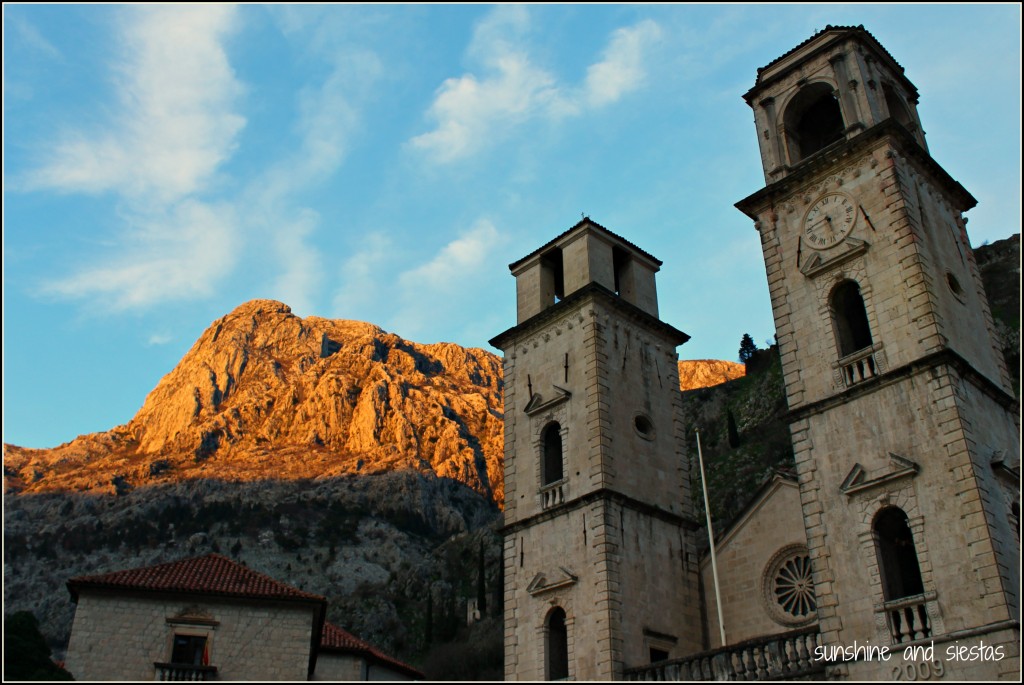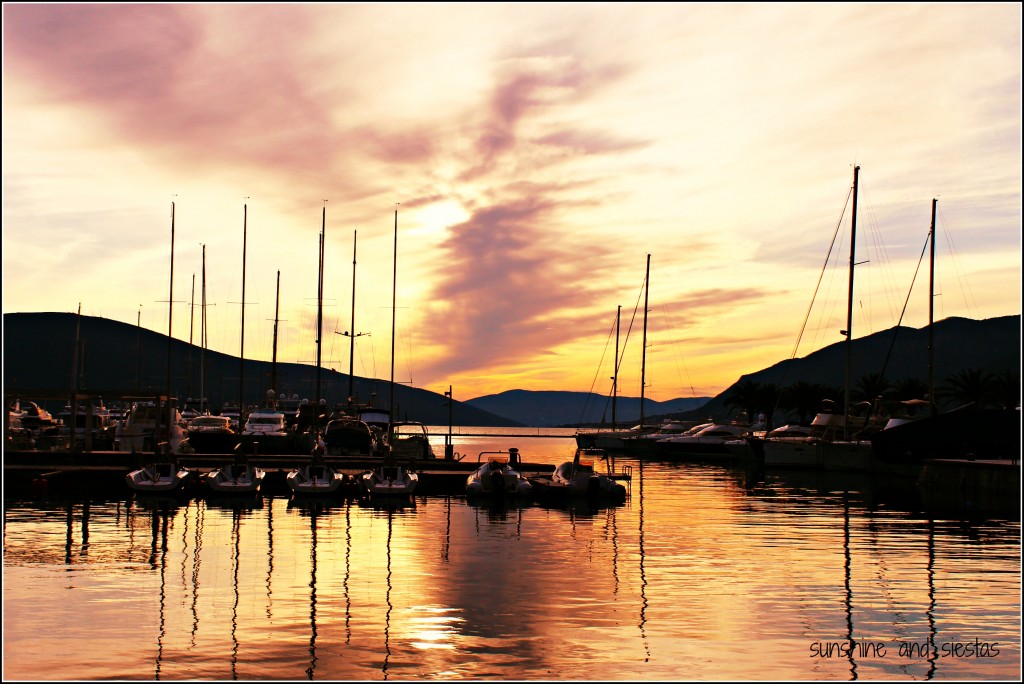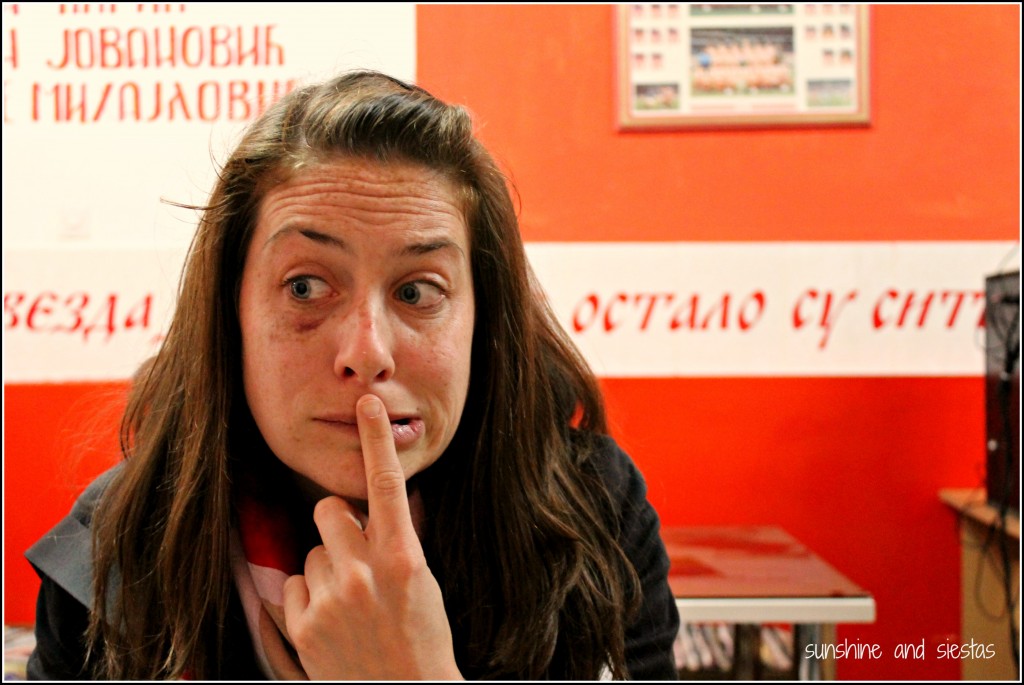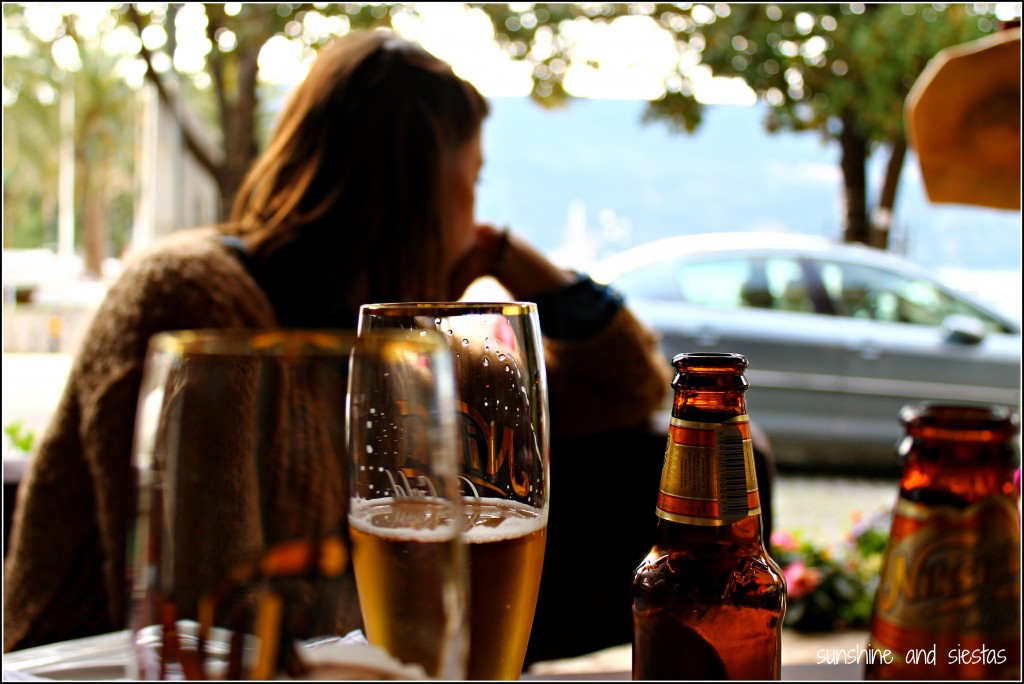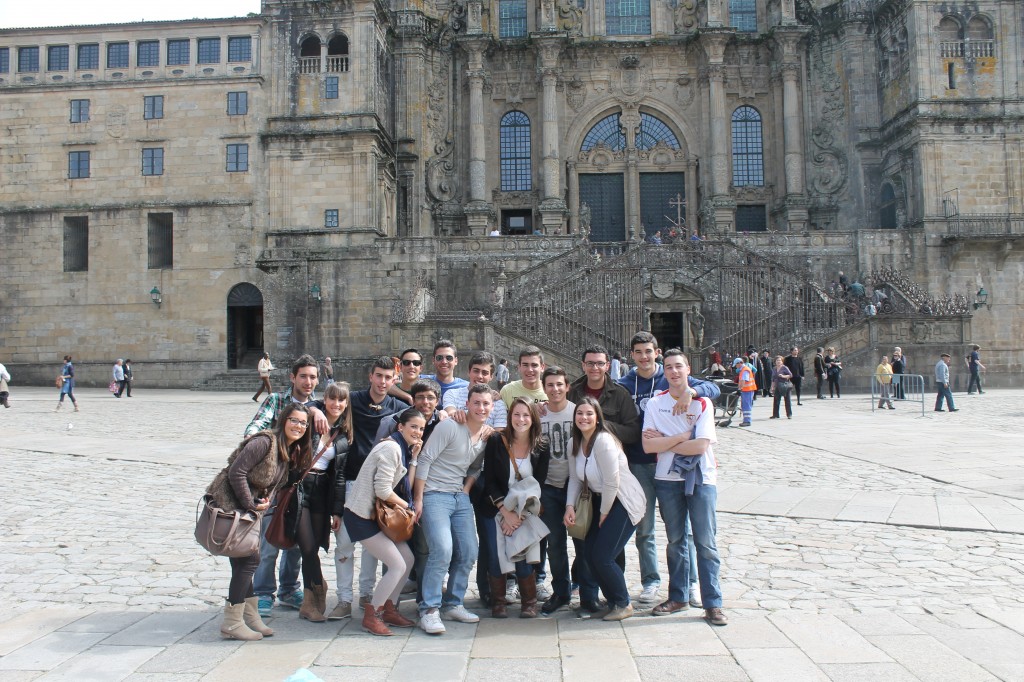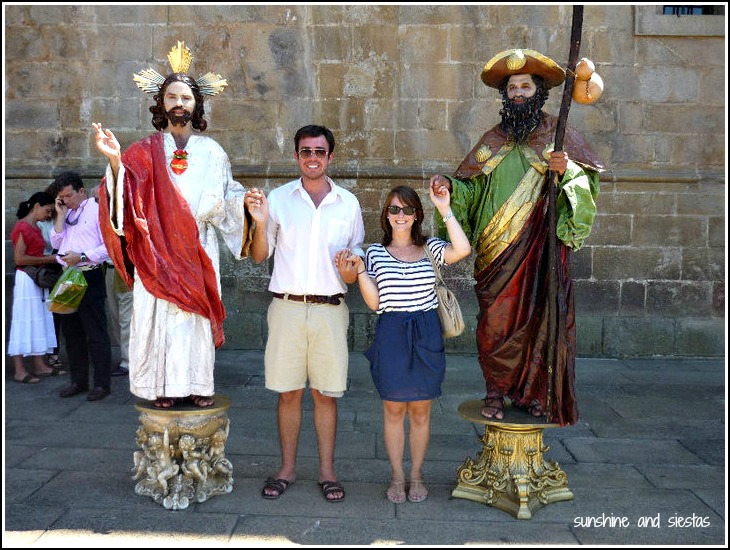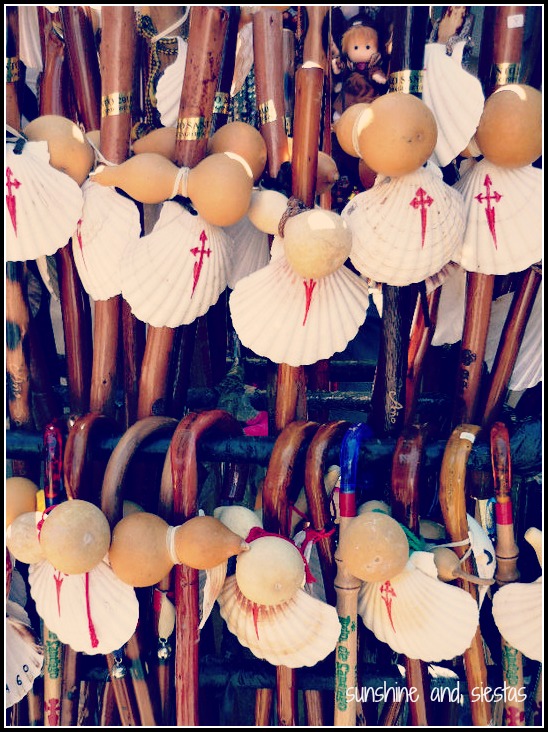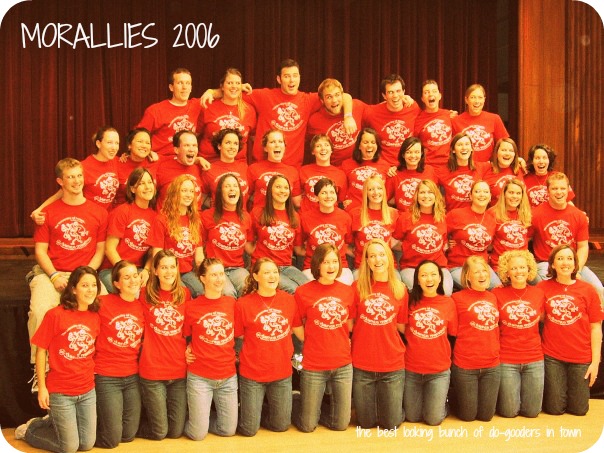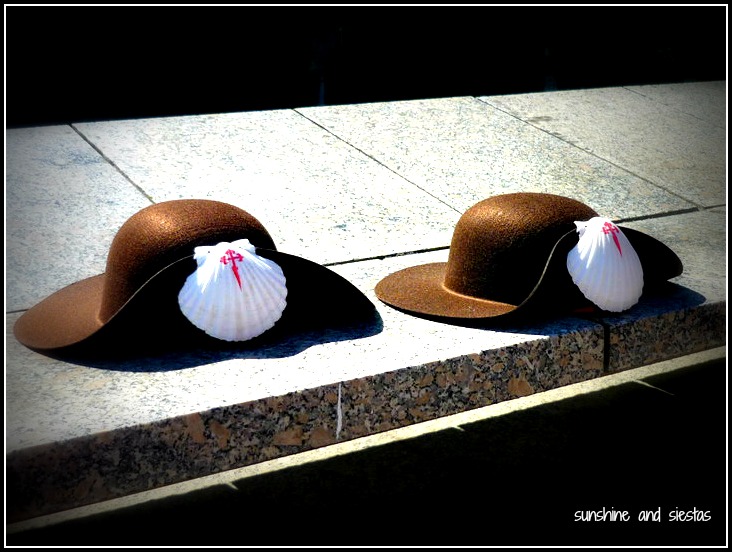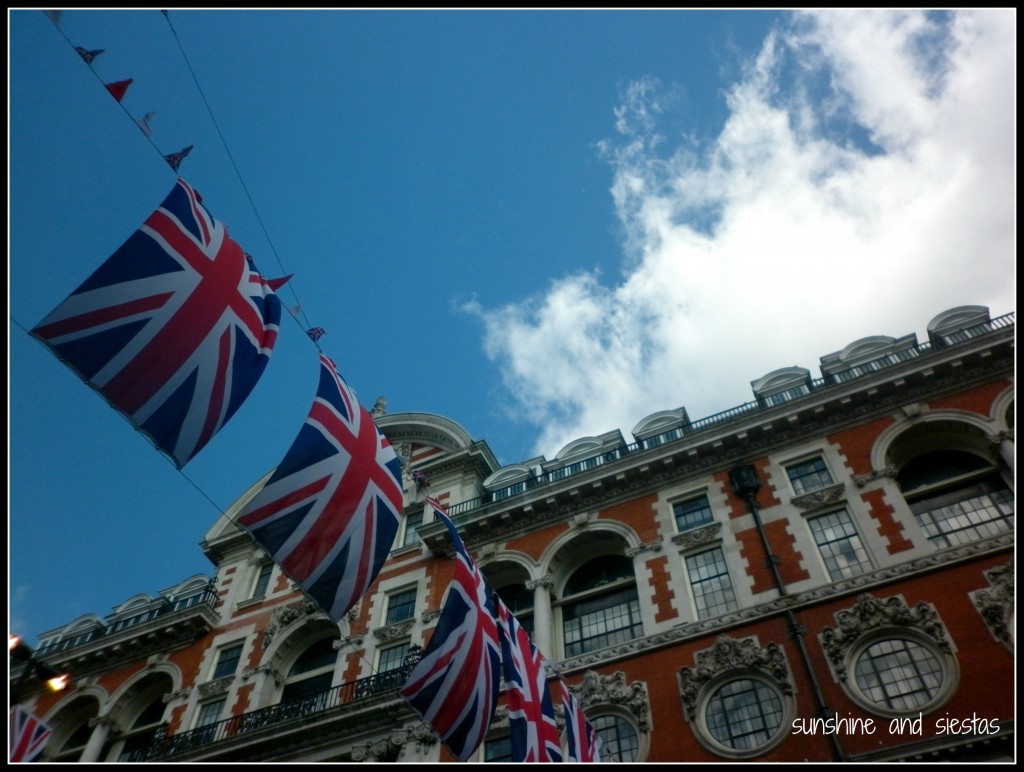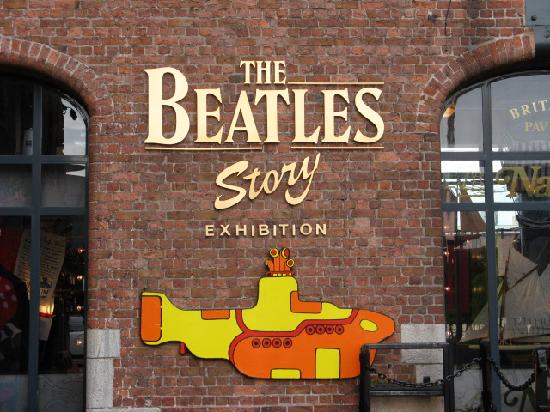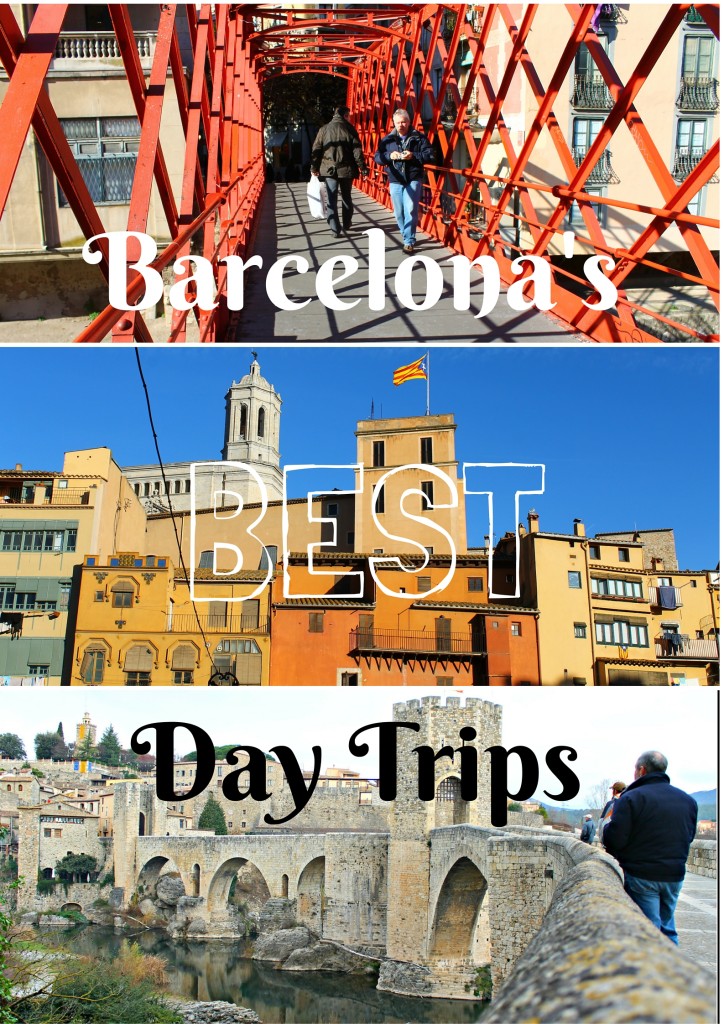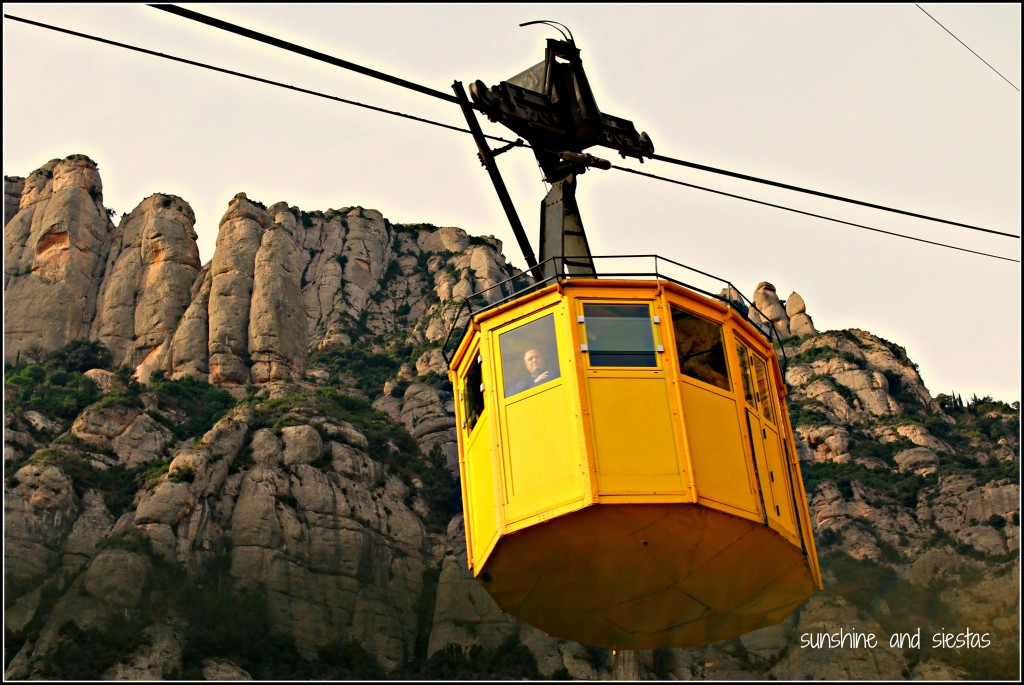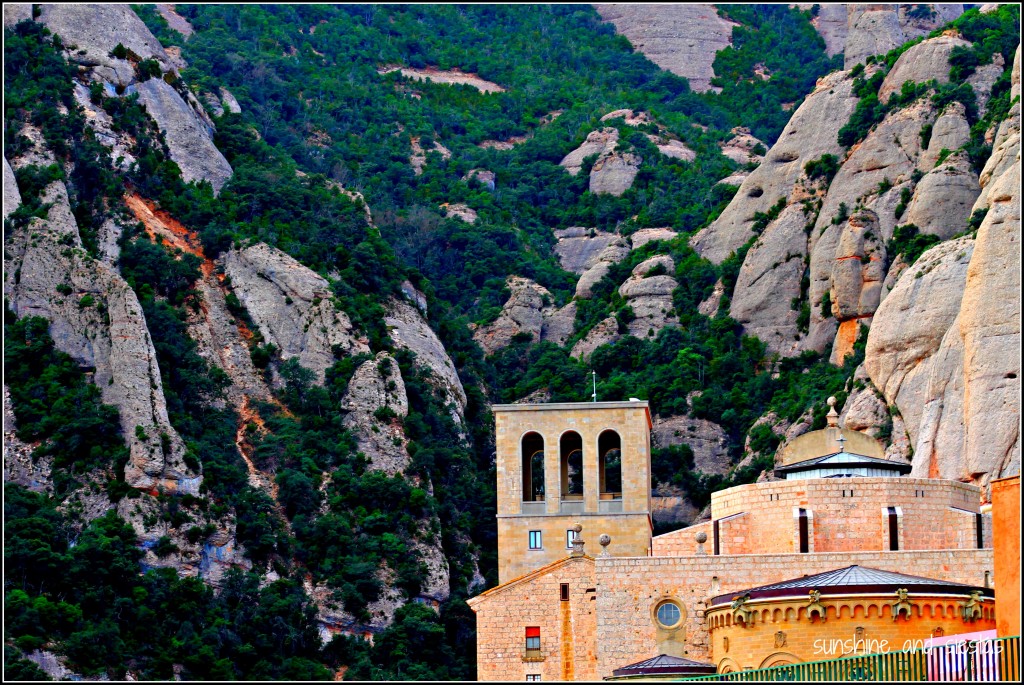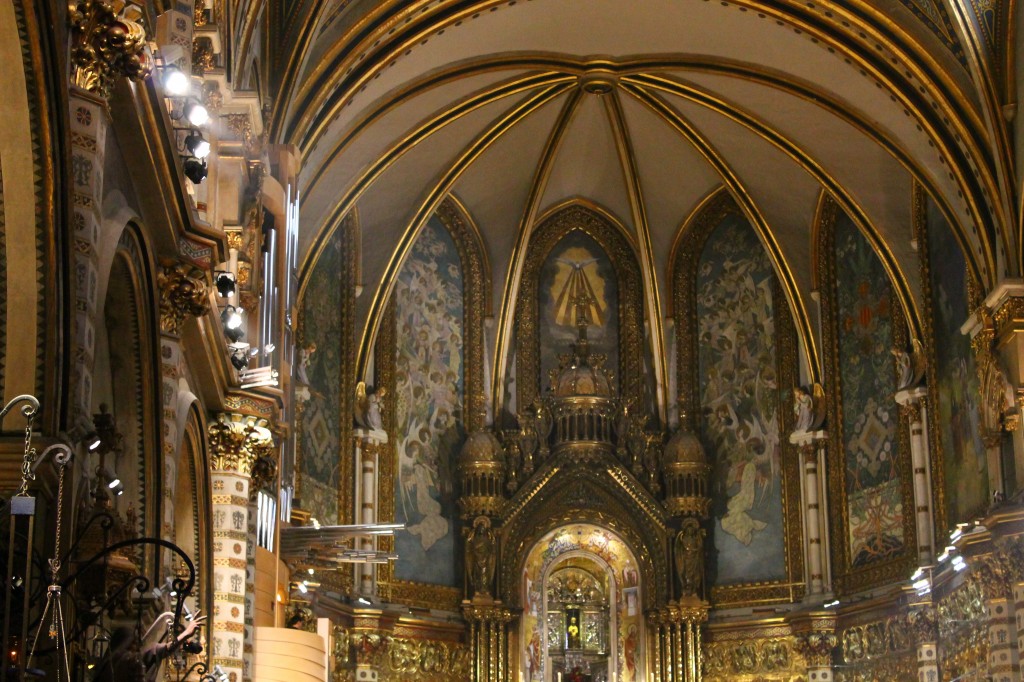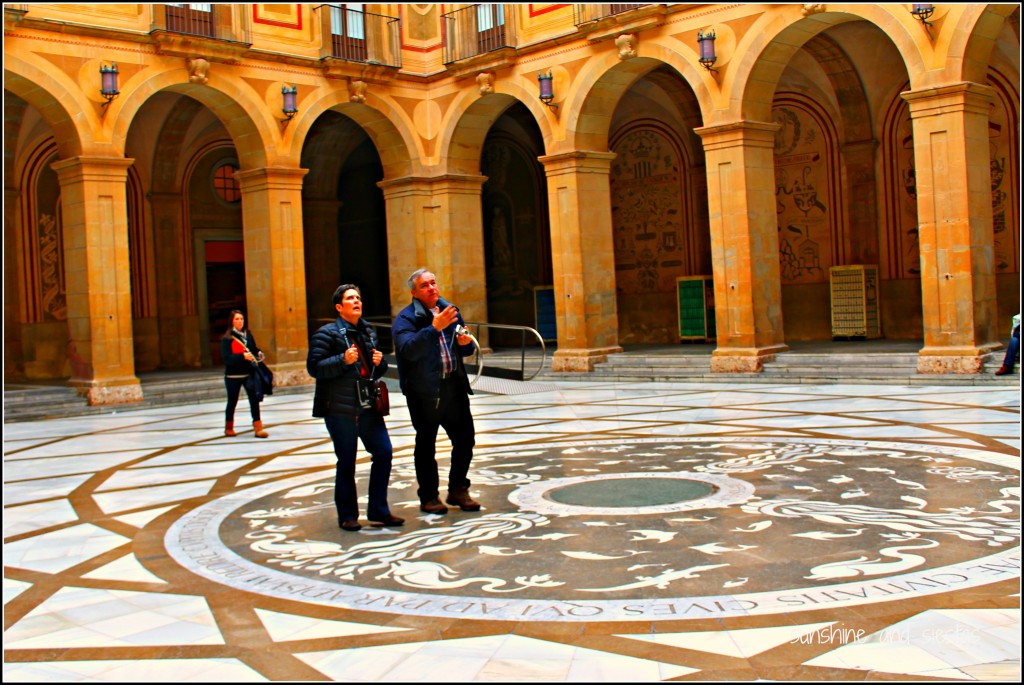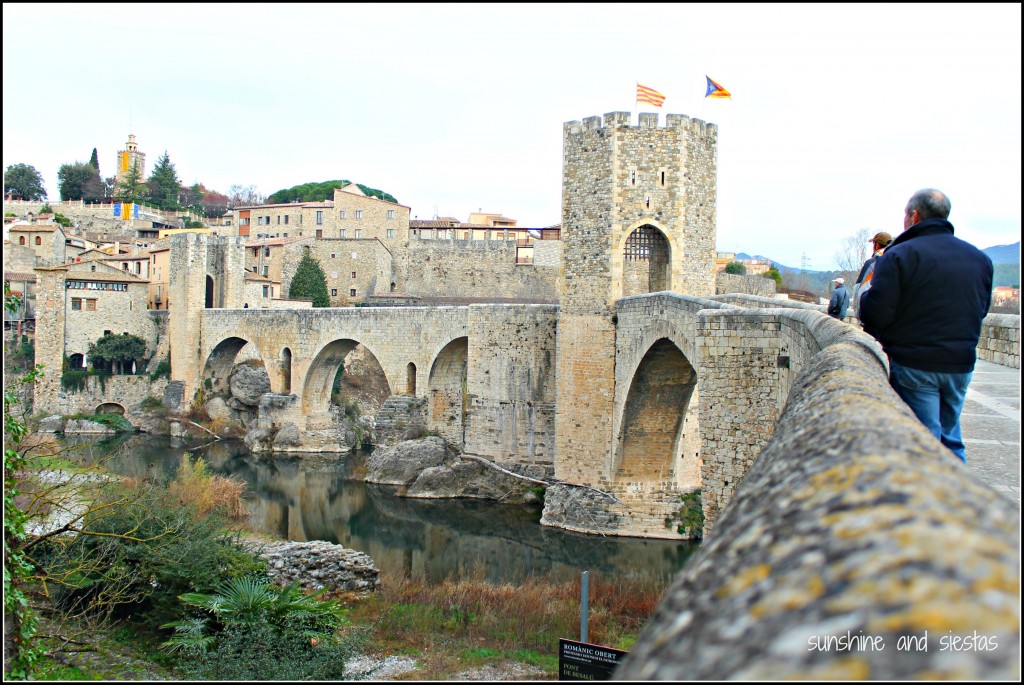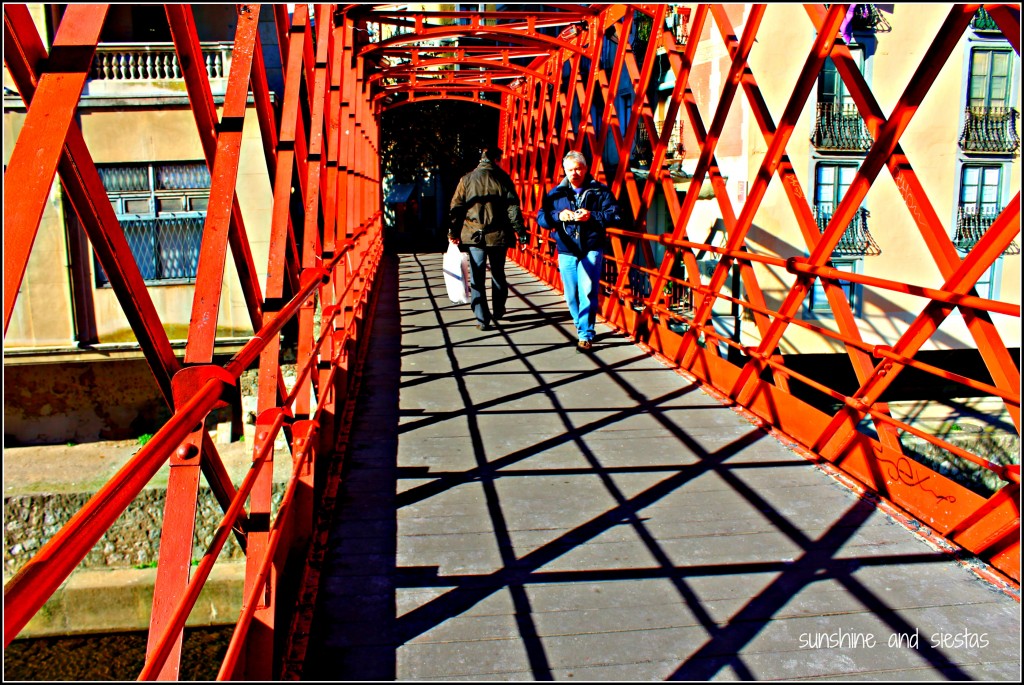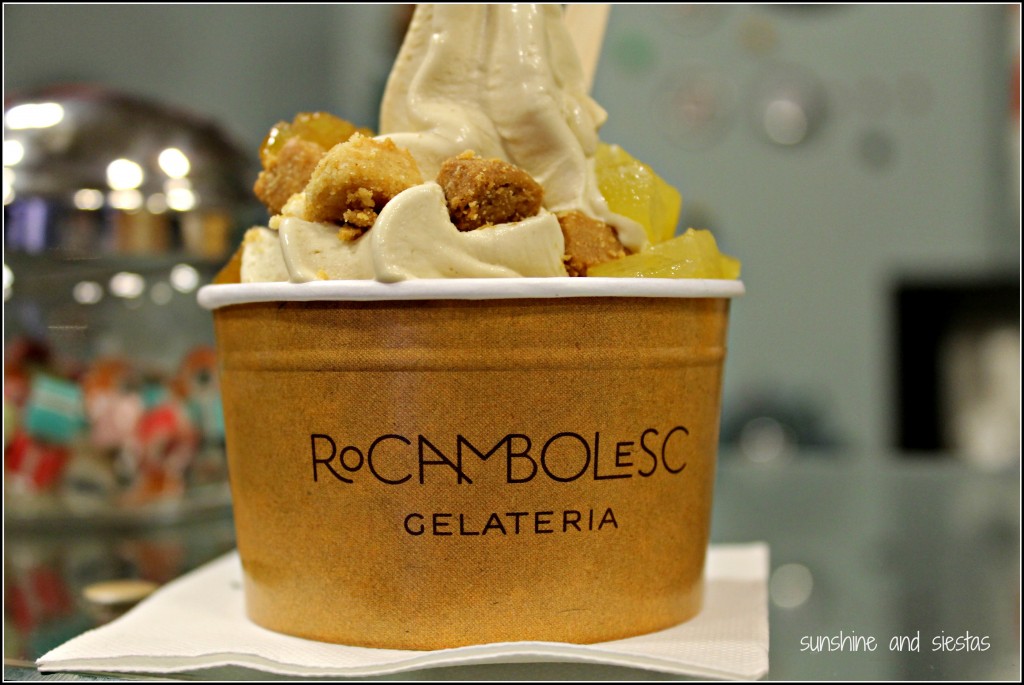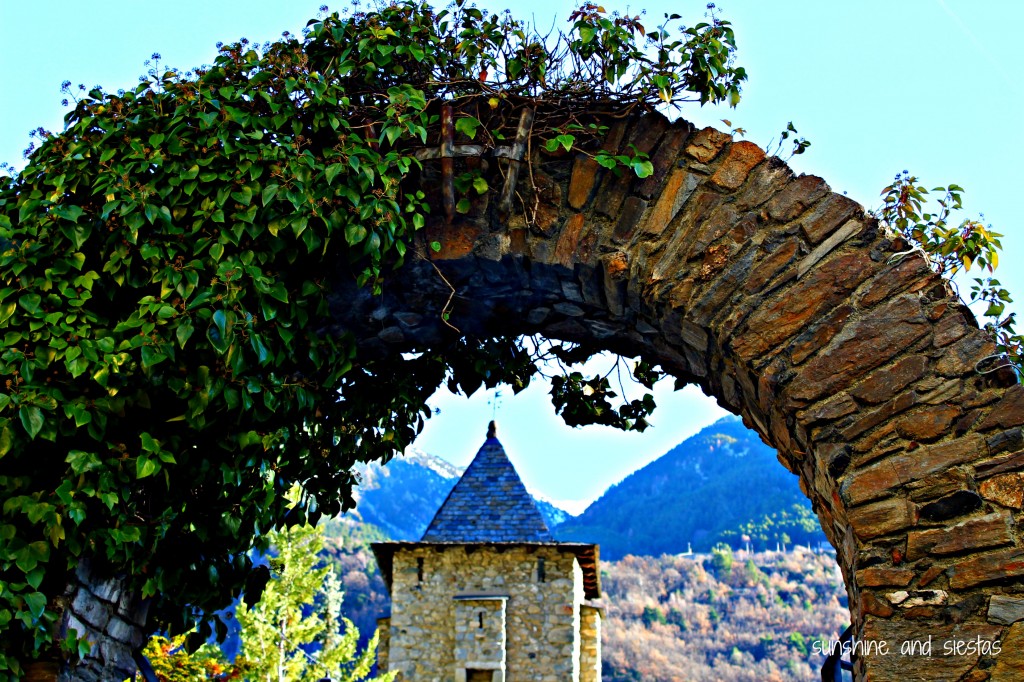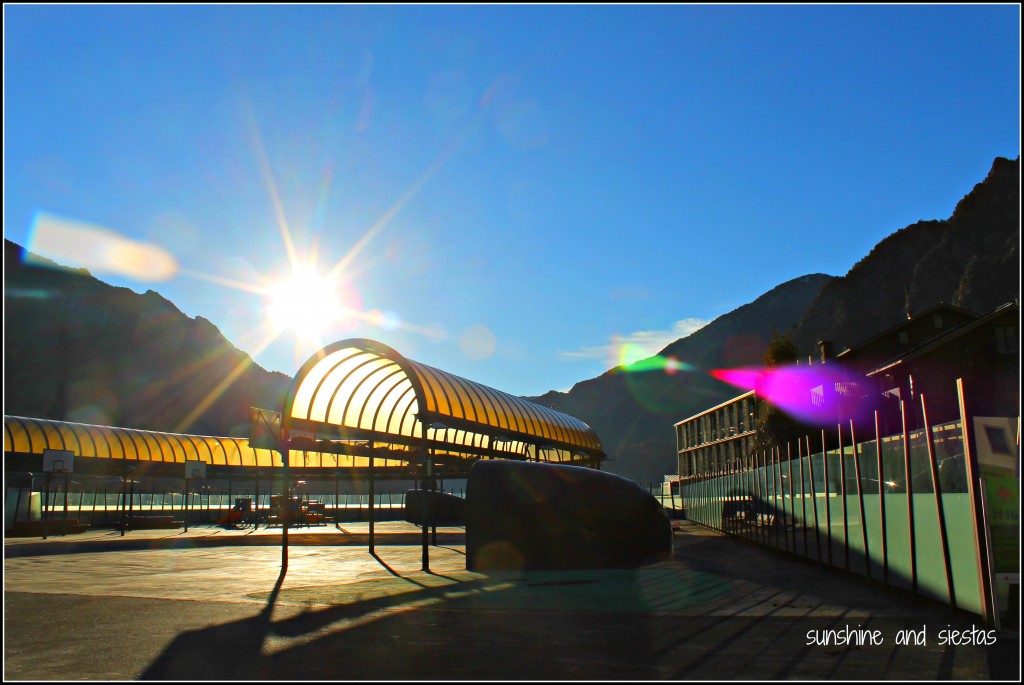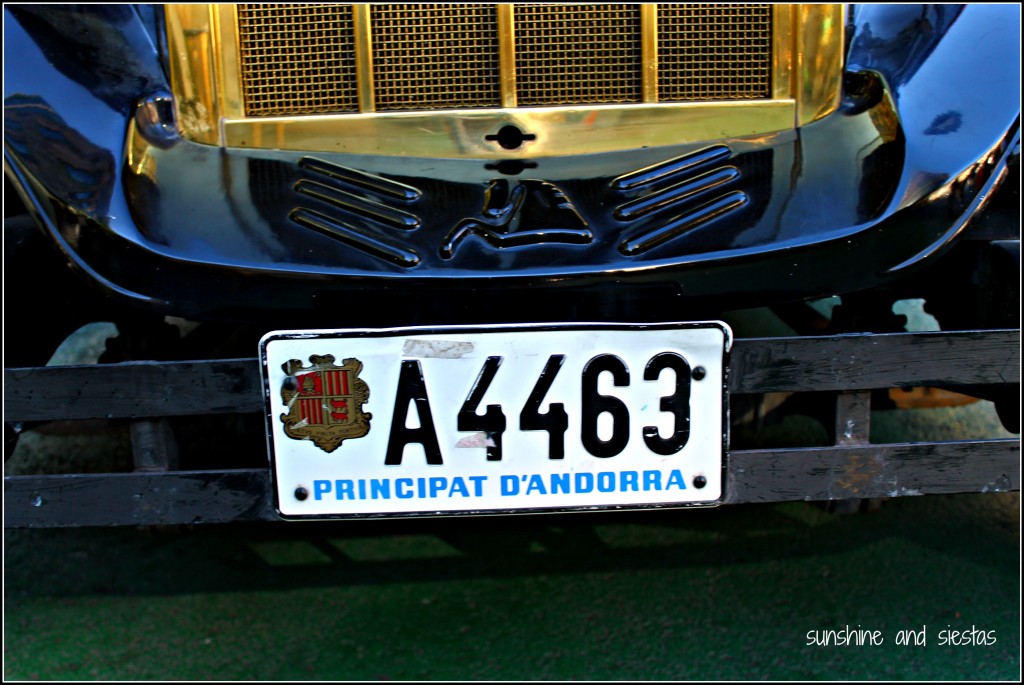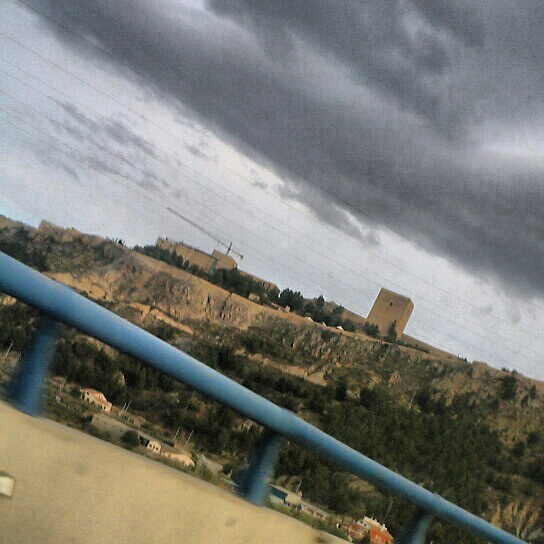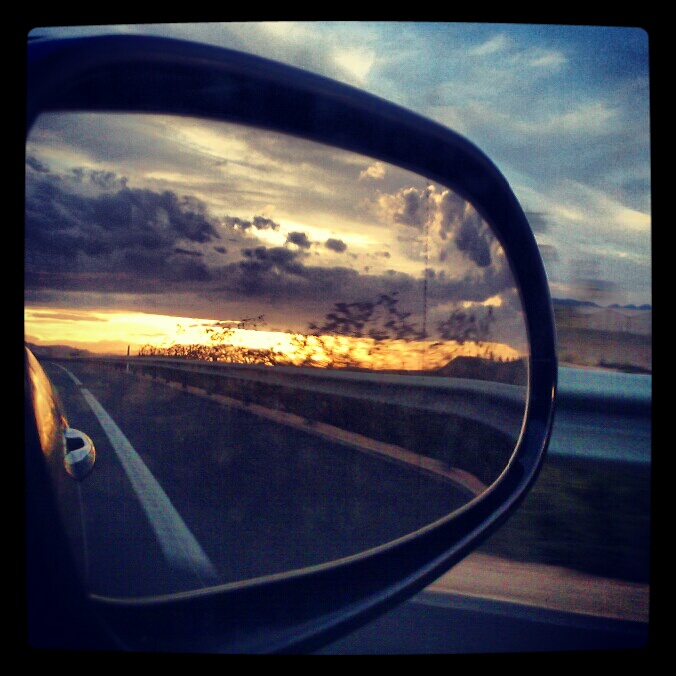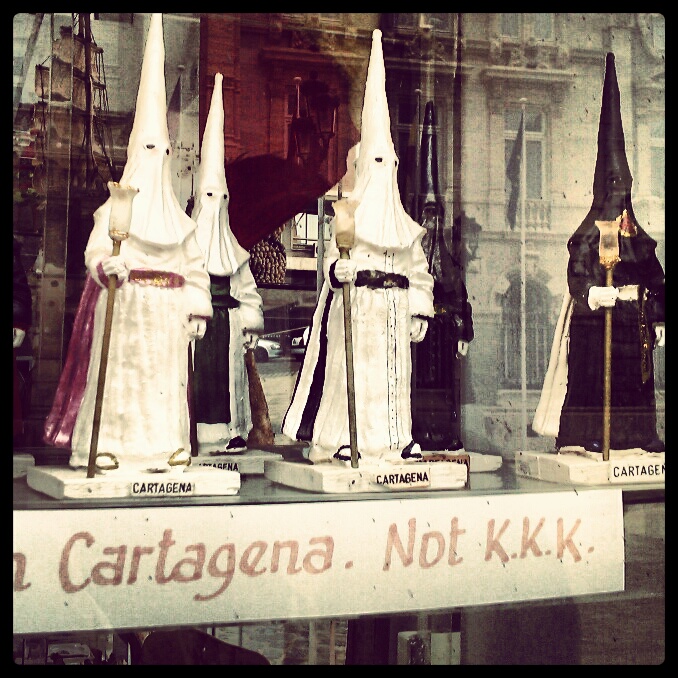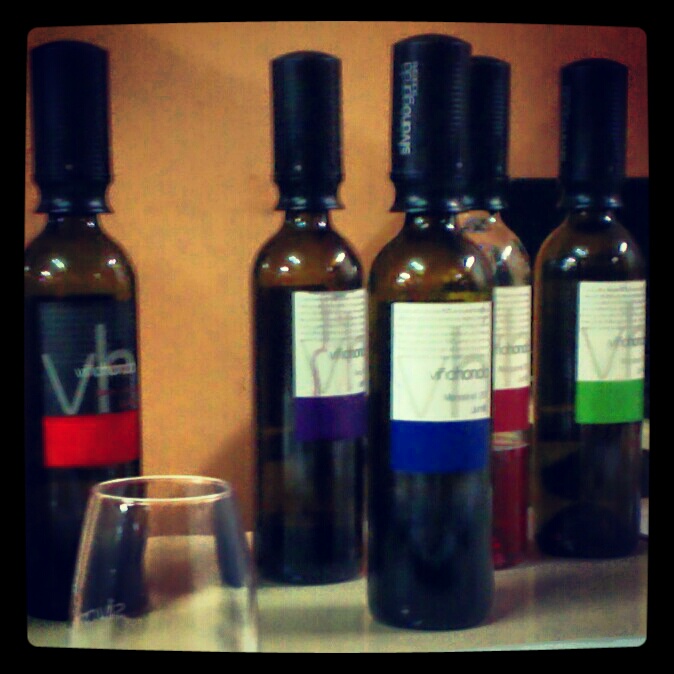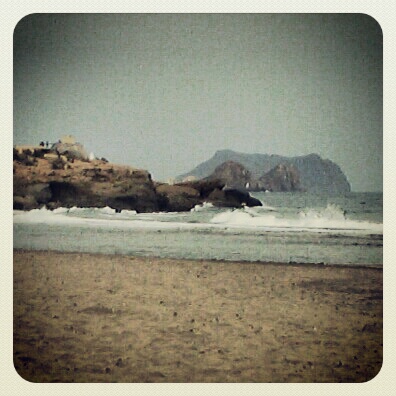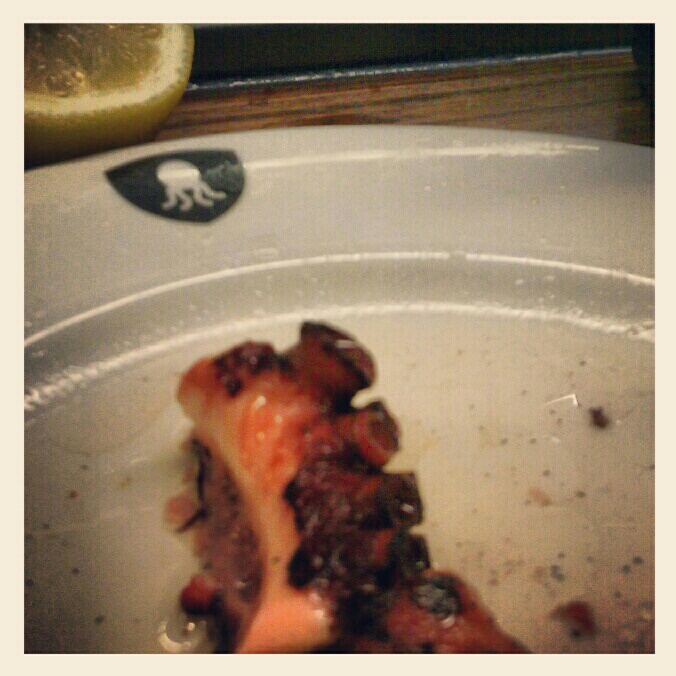If you’re reading this on August 11th, chances are that I’m basking in the sun that’s peeking in and out of the clouds in Santiago. I’m likely hot, caked with dirt and nursing blisters on my sore feet. I’ve handed out t-shirts and ribbons, broken down in tears more than a few times and met pilgrims from all around the world.
And, knowing me, I’m probably kicking back a saucer of Albariño en O Gato Negro, a hidden gem in the Santiago dining scene.
As I write from my camp bedroom in La Coruña, less than 100km from Plaza de Obradoiro and the end of my journey, I already feel a bit different from this whole undertaking. The Camino isn’t just about me and my pack, Santi – it’s about my other caminante and dear friend, Hayley. It’s about the other peregrinos I will meet and share stories and snacks with. It’s about the blisters and the sore knees and the aches and pains and beating my body will no doubt take. It’s, of course, about Kelsey and her family, too. I know I’ll be thinking of her with every step, over every mountain. The Camino is my physical tribute to her fight against leukemia and sarcoma, and a sort of spiritual cleansing that I hope to have to get me through the grieving process that still hits me at times.
It’s about the people who have shared in all of this with me, and I feel as though I’ll carry so many of you, too. Your well wishes, donation dollars to Dance Marathon and your advice have taken me far enough. I’ve always been someone to see through any challenge I undertake, and I go after what I want. The Camino has been something in the back of my head for ages, and I’m happy I’ve waited for nearly 28 years to be emotionally fit and at a point in my life where I’m ready to step ahead and see what’s waiting for me.
The Camino seems to be all about people coming together and sharing, and this is part of what attracted me to it in the first place. During the few months we’ve spent dreaming and planning, Hayley and I have used a number of different websites and resources to make this journey happen. I’ve rounded them all up for you here (this list is definitely not exhaustive, but I used them and found them useful):
General Information and History.
The Camino de Santiago has existed for generation, for centuries, and its as steeped in history as it is tradition. For a general overview to the trail, check out the following sites.
Tom Bartel shares his advice for packing, first aid and enjoying on The Way: http://travelpast50.com/category/camino/
Santiago de Compostela’s Town Hall provides background information and history: http://www.santiagoturismo.com/camino-de-santiago
Trish Clark’s Camino guide is a great companion while on the Francés: http://guidetothecamino.com
While this site, Girls on the Way, is not just about the Camino, it’s got loads of great information on long-term hikes: http://www.girlsontheway.com
Packing Tips.
Before even hitting the road, Hayley and I made multiple trips to Decathlon, we broke in boots and bags while consuming ebooks on packing. They say the pack should weigh about 10% of your body weight, so we were working on packing a lot into just a little. These sites helped me pack my own bag.
Eroski’s guide: http://caminodesantiago.consumer.es/llevatela-al-camino/
Candace Rardon’s guide on Matador Travel: http://matadornetwork.com/goods/how-to-pack-for-the-camino-de-santiago-pilgrimage-trail/
Erin Ridley’s guide on La Tortuga Viajera (fun fact, she met Candace on the hike!): http://www.latortugaviajera.com/2012/05/camino-packing-list/
I also used an e-book called ‘To Walk Far, Carry Less‘
You can check out my own list here. How did I do, you ask? I ended up not using the sleeping pad, tossing out the walking sticks (I should have had two, especially for the steep climbs on the first few stages) and didn’t need to bring so many T-shirts. I also found that doing the washing with a stick of laundry soap, rather than gel or powder, was more effective in rubbing out the grime, dirt and stink from my walking clothes.
Planning.
The Camino fits my Type A personality with the planning, and Hayley’s borderline Type B with its ‘go with the flow’ sort of obstacles. But still, getting to and from the Camino, choosing the right route for your physical capabilities and preferences and even where to stay needs to be taken into consideration. Forums were particularly helpful, especially those related to the Camino del Norte, which is not as popular as the Francés.
Official Camino forum: http://www.caminodesantiago.me/board/?sid=9a633b9c5cb0f40609a9e2e2520b091e
Another great forum: http://www.caminoforums.com
A great breakdown to miles traveled and costs incurred (including blister count!) http://traveledearth.com/category/journeys/camino-de-santiago-journeys/
I also used the corresponding pages of the Ciccerone guide to the Camino del Norte, updated in summer 2012, courtesy of Books4Spain. Apart from this book, which I found to be mostly correct, save a few changes for construction in Asturias, I also used the Eroski guide to the stages in Spanish, which also had great information about the allergies along the stages and reviews from other pilgrims.
Pilgrim Credentials.
While traveling on the Camino, pilgrims carry a sort of passport that is a collection of stamps from monasteries, albergues and other historic sites (we have loads from bars and restaurants, too!). Once in Santiago, they can go to the pilgrim’s office to receive the Compostela, the official document stating that the pilgrim has walked at least 100km or biked at least 200. You can email Peterborough Pilgrims, a Christian Order located in the UK, at pilgrimpeterbros@gmail.com. They sent both Hayley and I our (street) creds by mail, free of charge, within a few months, so plan ahead. You can also get the along the Camino at parish churches, but not at albergues.
When actually getting the compostela at the Pilgrim’s Office (Rúa do Vilar, 1, adjacent the cathedral), you’ll be asked to present your credentials and write some basic information about nationality, age and starting point on a log. If you’ve done the walk for spiritual or religious purposes, you’ll be given a fancy certificate, written in Latin, stating you’ve received plenary indlugence and are absolved of your sins. If not, you’ll still recieve a certificate of completion.
Since I did the walk in memory of a friend who had passed, I was able to also add her name to my certificate, known as ‘Viccario por.’ There are volunteers in the office from all over the world, so you shouldn’t have a problem communicating your correct information. To keep your compostela from wear and tear, the post office or tourist shops sell cardboard tubes for cheap. (Many thanks to another pilgrim I met along the way, Fernando Puga, for this information. You can visit his Camino blog here).
Story Telling on the Walk.
The Camino is littered with stories, with reasons for walking, with pilgrims looking for something, whether spiritual or emotional. Part of my fascination with the big walk has been because of the incredible tales I’ve heard that have come from a few days or weeks of just walking. No doubt, we will have shared meals and swapped anecdotes with people from around the world.
The Camino is extremely spiritual, and Aviva Elyn and Gary White explore the spiritual temples along The Way: http://powerfulplaces.wordpress.com
One of the best (and there are few) resources on the Camino del Norte: http://www.caminowalkaboutnorte.blogspot.co.uk
Cole Burmeister walked just four days of the Camino from St. Jean Pied-de-Port, but he captured lovely images: http://www.fourjandals.com/europe/walking-the-camino-de-santiago-photos/
Randall St. Germain’s intimate details of his trip, including information on getting to Fisterra: http://www.caminomyway.com
I’ve always loved Sherry Ott’s perspective when writing, and her notes on the Camino are fantastic: http://www.ottsworld.com/blogs/best-time-to-walk-camino-de-santiago/
Books to read before, during or after.
I’ve long read pilgrim stories, touched by the way that the road can profoundly change a person. Here’s a selection of what I’ve read, and what’s on my Kindle for the trek (Waah, I can’t travel without it!):
Kevin Codd, ‘Field of Stars‘
Guy Thatcher, ‘A Journey of Days‘
Paulo Coehlo, ‘The Pilgrimage‘
Robert C. Sibley, ‘The Way of the Stars: Journeys on the Camino de Santiago‘
Shirley McClaine, ‘The Camino: A Journey of the Spirit‘ – finished this while on the Camino and, dios, it’s out there!
Joan Fallon, ‘Santiago Tales‘
Have any other great resources to share? Planning on doing the Camino de Santiago some time during your life? I’m writing this ahead of time, but I already think I’ll be back for more. You can view all of my photos on my Camino Flickr Set, get inspiration from pinterest or check out my twitter log while I’m away.

